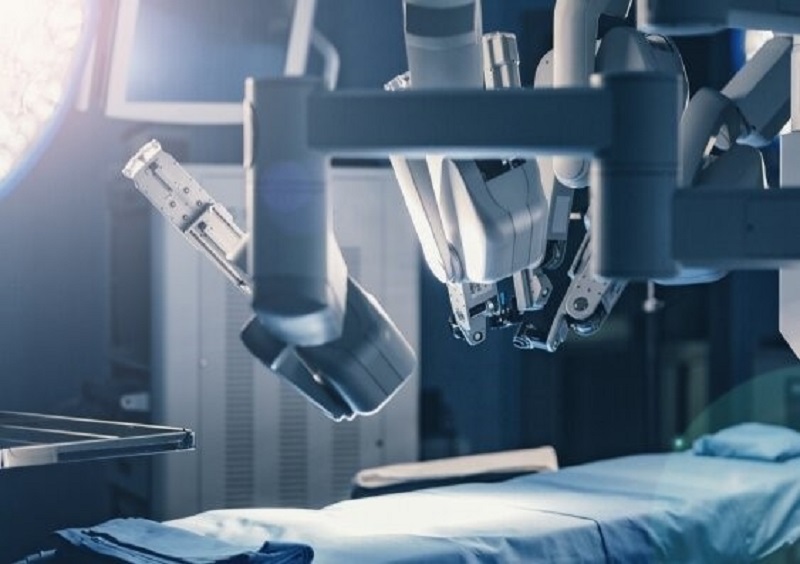Table of Contents
Prostate cancer indicates the formation of a heinous tumour around the male sexual organs; prostate glands, and lymph nodes. The cancer is divided into several stages depending on its spread from the gland to the other organs in the body.
There are generally three stages, namely T(Tumour cancer), N(spread till nodes), and M(metastases, i.e. spread to other organs and bones) commonly diagnosed worldwide. The treatment and medication are highly dependent on physical and diagnostic examination over several sessions. Lately, the best robotic prostate surgeons have emerged with state-of-the-art technology to provide a sure-shot cure with minimal possible side effects.

When Is Prostate Surgery Required?
Like all the cancer treatments distinguished for different stages, prostate cancer is also curable with non-surgical medication and intravenous treatment at earlier stages. Robotic surgery usually prevails when the entire gland is sought to be removed due to non-curable tumour formation.
- Stage Of Requirement- The need for surgery might be at earlier stages when only the prostate gland is affected or in the advanced stages when it has spread to adjacent tissues and organs. The surgery is generally referred to as radical prostatectomy, which is available in traditional open surgery or robotic treatments. The surgery might be external prostate gland removal of cancerous cells or laparoscopic treatment to remove the internal spread of the tumour.
- What Does The Surgery Include?- Surgical treatments include a cut and remove methodology to take out the affecting tissue entirely. The removal of the gland and some tissues, which may include lymph nodes and seminal vesicles, usually leads to post-surgical complications. The excretory system is affected by the dis-coordinated function of the bladder and urinary tract. The reproductory system may also get affected, arising erectile dysfunction. Advanced stages might include the removal of seminal vesicles, dysfunctioning the entire reproductive system.
Why Robotic Surgery Prevails?
As mentioned, the surgeries are both available traditional open gland removal and robotic minimally invasive treatments. Any kind of surgery requires the high attention of an experienced oncologist, urologist and anaesthetist to track the patient’s response and cure with success. The open prostatectomy runs a heavy risk of adjacent tissue damage or removal of the entire gland, but in contrast, the robotic treatment includes:
- Minimal Invasion: The entire surgical procedures are performed by robotic equipment guided by the oncologist and urologists. In the case of laparoscopy, incisions are made in the abdomen, and thin needles are sent with tools and cameras to burn and remove the tumour cells without affecting other tissues. In the case of gland removal, the process remains similar to radical surgery, but high-end equipment reduces the pain and risk of adjacent tissue damage.
- Precision Of Work: Chicago’s best robotic prostate surgeons promise a smooth and quick treatment with no effective pain. As the procedures are performed with advanced equipment, there is a high-level precision in approach and removal. Generally, the time required to perform and subsequent recovery is comparatively less than the traditional radical treatments.
What Do The Patients Expect From Robotic Surgery?
The lesser the pain, the more is the method favoured by the patients and doctors. Robotic-surgical benefits are many, which include:
- Less pain and blood loss during the entire procedure as only the affected cells are tackled tactfully. The time taken is also comparatively less.
- No effective damage to adjacent tissue saving the nerve scarring and abrasions. Accidental incisions and cuts, as in open surgery, are completely avoided.
- Quick recovery period to resume the lifestyle. Post-treatment immunotherapy and oral medication may continue to imply the prevention of further complications.
Robotics in medicine has prevailed with its advanced technological approach replacing the human hands. The high precision and targeted surgical treatments are now the foremost choices for a quick recovery.



